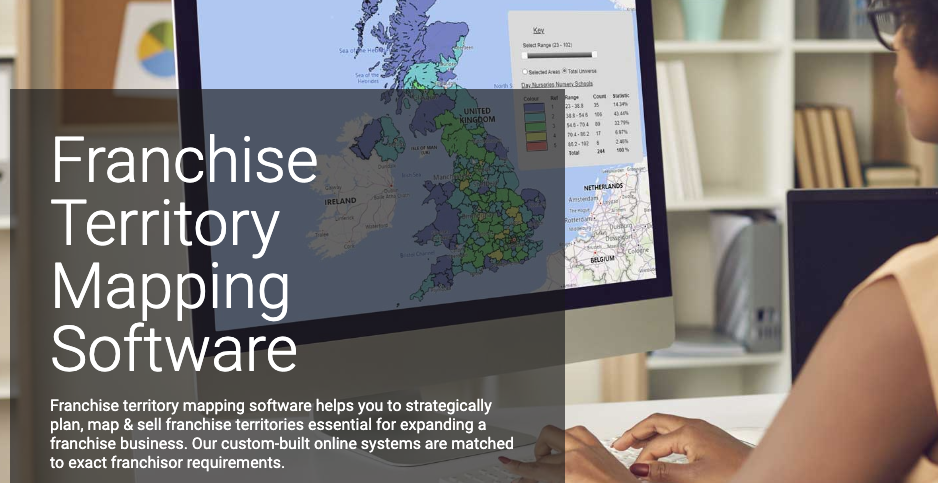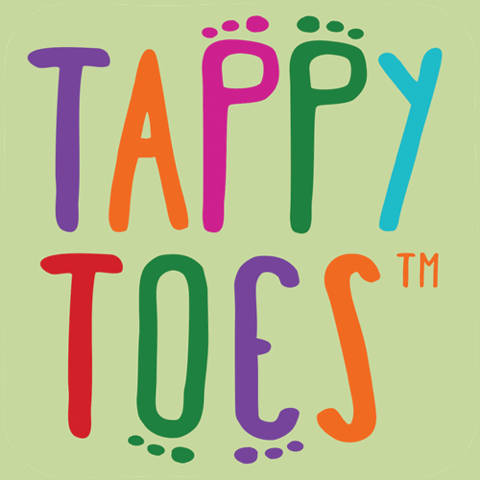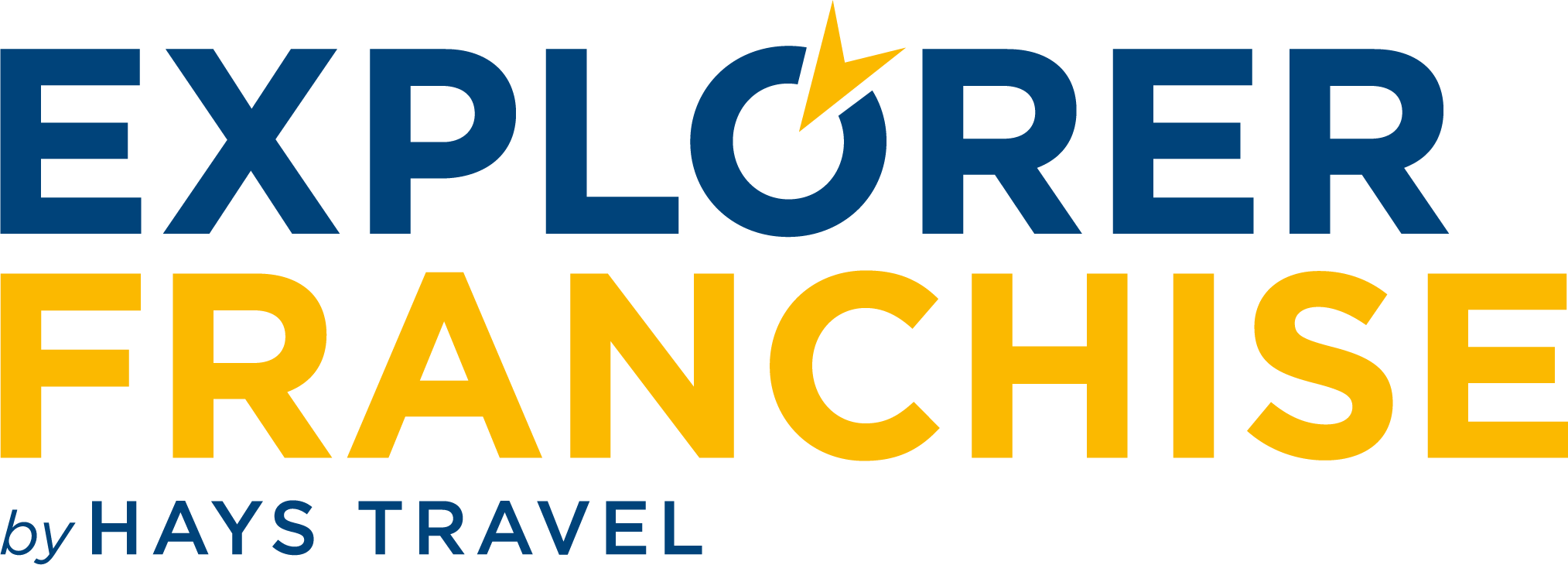
When you are planning on growing your brand by selling franchise territories, size really does matter – but perhaps not in the way you might think.
If you want to attract potential franchisees, you will want to convince them that they will have the best opportunities for success.
And as they develop their businesses and are able to compare their results with fellow franchisees, you’ll want them to see that you have given them all the same best chance to grow.
After all, happy franchisees make for a better business and a better reputation for your brand.
But if you want to give franchisees as many opportunities as possible, surely franchise areas should be as large as possible and follow existing geographic boundaries?
The truth is that there are many factors that need to be considered when setting up new territories, or reassessing your existing franchise areas.
And it’s actually these factors that will help you determine the right size for your franchise territories and your franchise network (spoiler – they’re not necessarily big or the same size!).
Choosing franchise territories based purely on whether they are comparable sizes, or drawing them up in reference to current geographical factors such as county boundaries and postcodes/zip codes, means that you ignore a huge amount of useful data that will help you create fairer, more profitable – but not necessarily same-size – franchise areas.
The key is in sourcing the most relevant and useful data for your business and having it presented in an easy-to-understand way that you can use to define franchise areas based on fact rather than gut instinct.
Using a Location Intelligence System helps you to see and make sense of the right data for your business, enabling you to create franchise territories that are equitable and fair and which you can show potential and existing franchise holders to demonstrate how you have given them the best possible chance of success.
One of these is Tech4T’s Territory Runner system that clearly displays essential and relevant information on fully interactive maps that can be interrogated from postcode/zip code level all the way through to national or even international level.
Let’s look at some of the factors that influence the best size for a franchise territory.
Making it fair
It’s important that every franchisee feels that the territory they have been allocated is capable of delivering for their business and has the same chance of success as that of fellow franchisees.
Deciding territories based on equal size may seem fair, but when you drill down to the practicalities, having enough customers within easy reach should be the real benchmark.
Customers
Who are your customers and where are they? Customers are the lifeblood of any business so it makes sense to make them a priority when planning your franchise territories.
It doesn’t always follow that a bigger territory will have enough of the right customers for your kind of business. The population may be sparse – and even if the population is dense, there may not be enough of the ideal target customers for a franchise business to survive.
Data such as population density, age, gender and location, plus behavioural information such as day-to-day activities, hobbies, and purchase history can all help identify the right customers and where they live and how they spend their time.
Access
How easy is it for customers to get to a franchise or for your franchisees to reach customers?
A bigger area could be more difficult, time-consuming, and costly for a franchisee to cover, not only in terms of visits to customers, but also for marketing purposes.
It’s also worth considering whether customers will be less likely to visit a franchise location if they have to travel a long distance. Are transport links sufficient to help them reach the business easily?
Competition
How much competition is there in each franchise territory area and on its borders?
Competition can be a major threat to businesses and problems can come from within as well as outside the proposed franchise area.
In addition, creating franchise territories that are too small can lead to neighbouring franchisees fighting over the same customers. And creating territories that are too large means franchisees are more likely to come up against competitors from other businesses.
Your profits
Have you enough franchise territories to sell? While making franchise territories too large can cause problems for the franchisee, it can also affect your finances. A franchisee may be unable to ever cover their whole area so that’s wasted sales potential in the long run.
It often makes more financial sense for your business to have more smaller territories to sell than a few larger ones.
Conclusion
Tech4T’s Territory Runner system and expertise in franchise mapping can help you make the right territory size decisions for your franchise network.
And as it’s vital for you and your brand to build a good relationship with franchisees, the system can also help you share information with them that will demonstrate that while their territory may not be the same size as others geographically speaking, they do have the same sales opportunities to make their franchise business a success.

















































